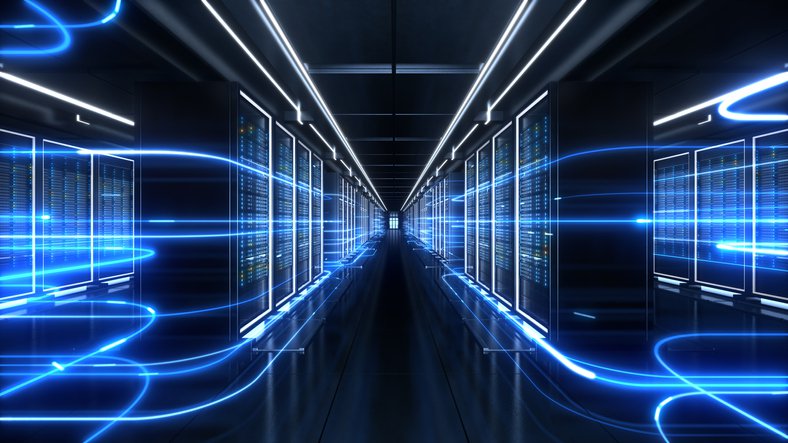Types of datacenter across the globe
A network hub that uses a vast system, computing, and storage services to give shared access to the application and data. Technical standards exist to aid in the design, construction, and maintenance of data center infrastructural facilities to assure data security and availability.
The Different Types Of Data Centers
Data centers come in a variety of sizes, ranging from a single server room to multi-building clusters, but they all have one commonality: they are a crucial corporate asset where firms frequently invest in and install the newest networking, compute, and storage technology.
The modern data center has developed from a building that houses on-premises architecture to one that links on-premises systems to cloud infrastructures, with networks, applications, and workloads, Virtual DC, virtualized across many cloud environments.
Enterprise data centers are primarily built and used for internal purposes by a single corporation.
Colocation data centers are similar to rental properties in that they make the resources and space of a data center available to those who want to rent it. Managed service data centers provide digital data, processing, as well as other services to customers directly as a third party.
Cloud data centers are spread and are occasionally made available to consumers through a third-party.
The Data Center's Transition to the Cloud
One of the main reasons for moving to the cloud is that virtualized computing DC may be provisioned or downscaled with just a few clicks. The traffic flows in modern data centers are managed using software-defined networking (SDN). Infra as a Service (Infrastructure as a service) services, which are hosted on cloud environments, allow users to quickly deploy whole systems. Platform (PaaS) and container technology are instantly available when new apps are required.
Although more businesses are shifting to the cloud, others remain hesitant to do so. For the first time in 2019, organizations paid more annually for cloud infrastructure than they did for hardware resources.
Components of Data Center Architecture
Computing, storage, and networking are the three basic types of components found in data centers. In a contemporary DC, though, these elements are just the tip of the iceberg. Underneath the surface, supporting infrastructure to a corporate data center's ability to satisfy service level agreements.
Computing in Data Centers
The data center's engines are servers. In an edge computing approach, the cpu and memory required to run applications on servers might be physical, virtual, distributed among containers, or shared among distant nodes. General-purpose CPUs might not have been the ideal solution for solving (artificial intelligence) AI and machine learning (ML) challenges, therefore data centers must employ processors that are better suited for the task.
Storage in Data Centers
Both with their own reasons and for the requirements of their clients, data centers house vast amounts of sensitive data. Reduced storage media costs increase the amount of space accessible for data backup, whether locally, remotely, or both. Data access times are getting faster because of advances in non-volatile storage media. Furthermore, like with any other software-defined technology, software-defined storage solutions improve staff efficiency while operating a storage system.
Networks in Data Centers
The cables, switch, router, and firewall that link servers to each other and to an outside world make up datacenter network equipment. They can handle enormous quantities of traffic without sacrificing performance if properly set and organized. Core switches at the periphery link the data center to the Internet, and a middle aggregation layer links the core layer to a access layer, which houses the servers, in a conventional three-tier network structure. On-premises networks now have cloud-level flexibility and scalability thanks to innovations like auto scaling network and software-defined networking.
Security in Data Centers
DC networks require a full zero trust analysis included into every DC design, in additional to the physical security measures supporting a data centre facility outlined above. Data centre firewall, data access control lists, intrusion prevention systems (IPS), WAAP (Web Application & API Protection ) systems, and their current equivalents must all be appropriately defined to satisfy the demands of data centre networks. Furthermore, while selecting a data or cloud computing provider, it's critical to understand the security protocols they employ for their own data centre. To keep your data safe, invest in the greatest degree of protection available.
Collaborating with a datacentre private security company can assist you in achieving these goals. Points to Consider Maestro provides on-demand hyperscale security to meet an organization's data centre security requirements. Look out this ESG document for additional information. Then book a free Maestro Massively scalable Network Security demonstration.



Comments
Post a Comment